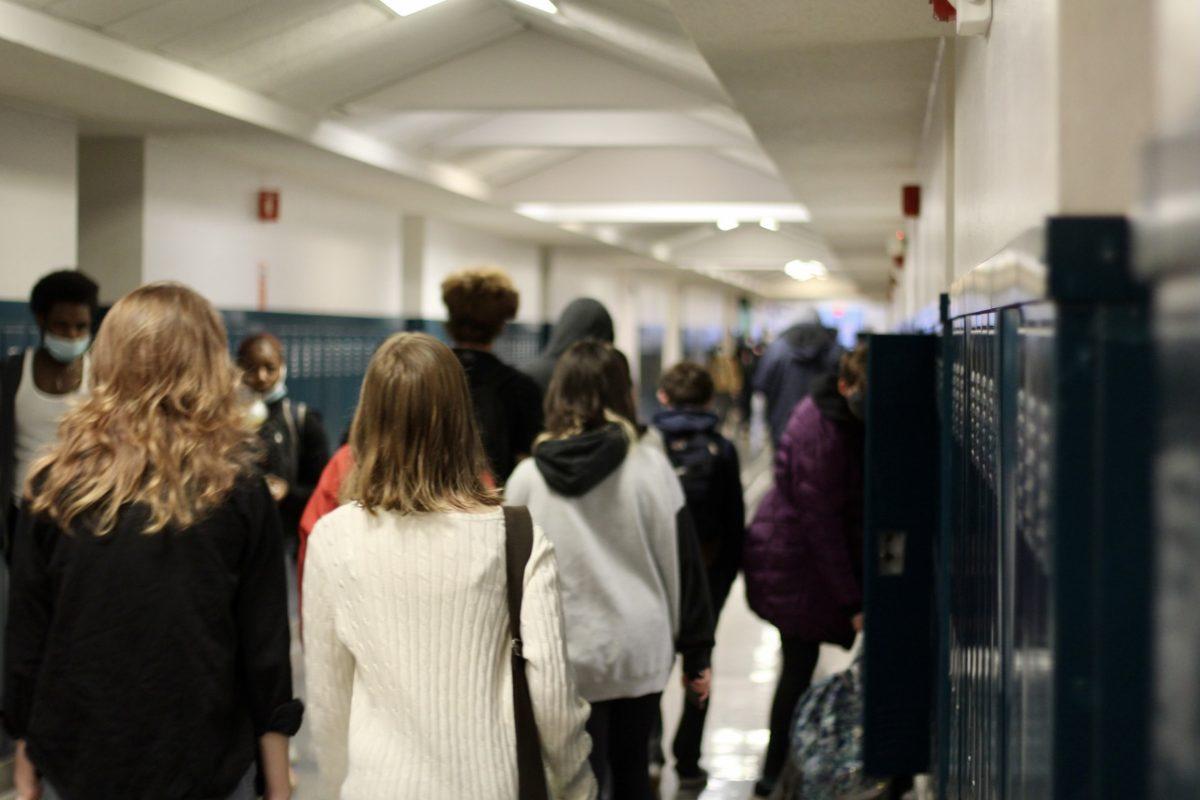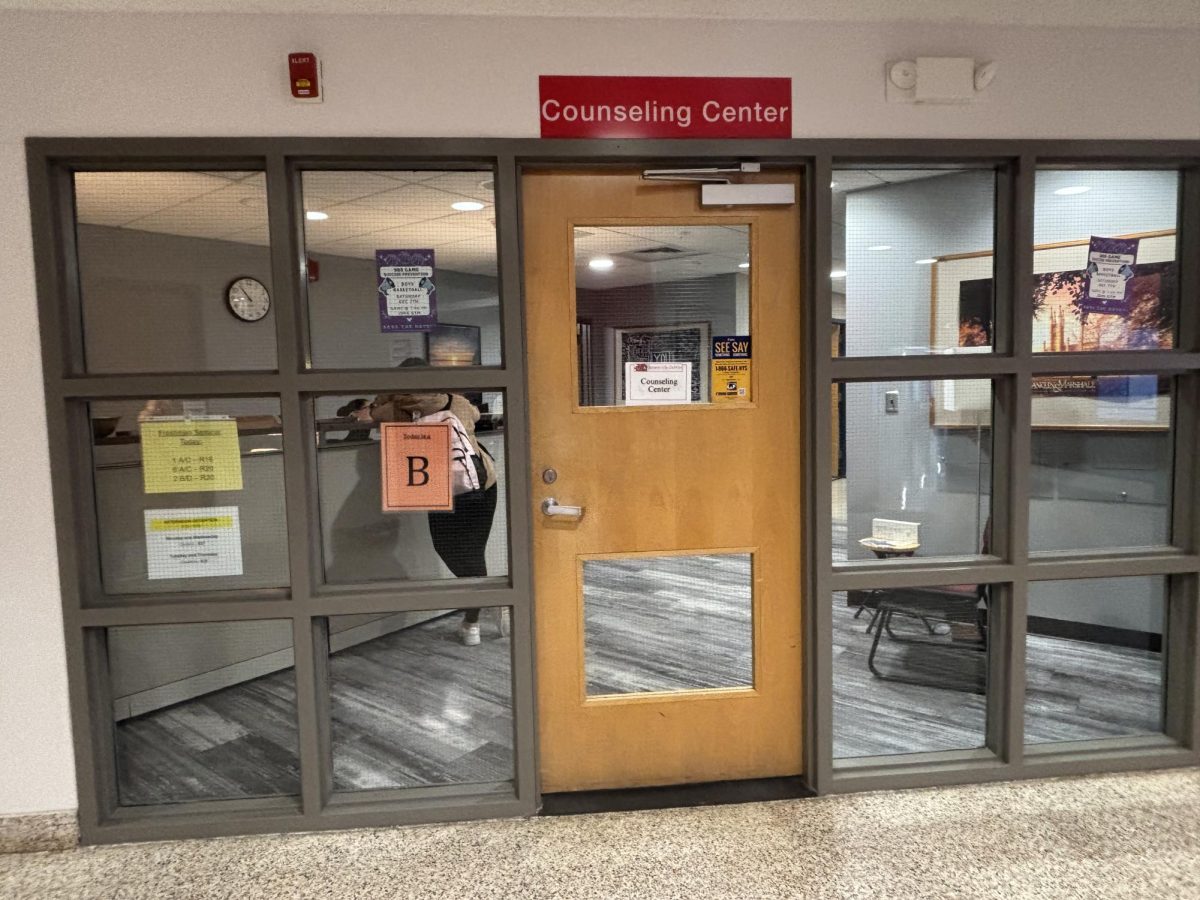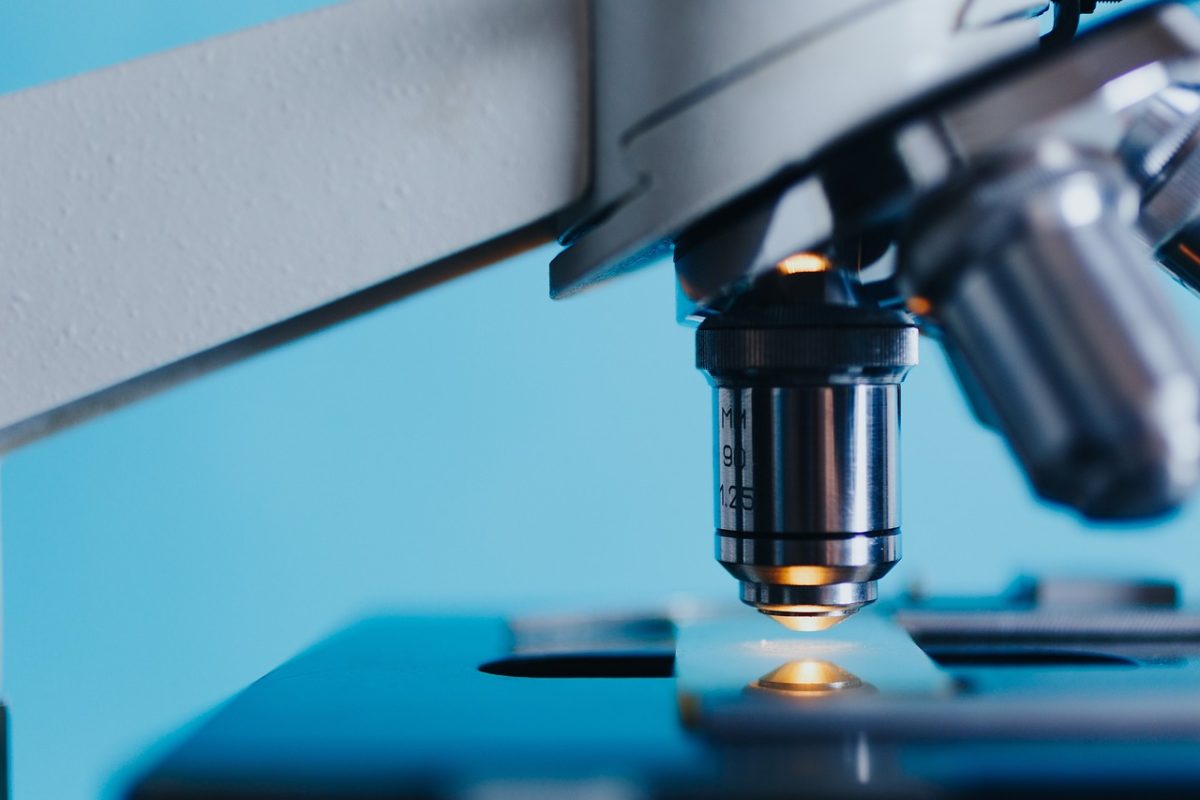After the end of the first marking period, J-DHS Principal Paul Gasparini held a school-wide slideshow viewing of what went well, what to improve upon, and what’s coming up at J-DHS. One of the new ideas he presented was something called the Constitutional Convention. And no, he was not referring to the original Constitutional Convention that happened in the late 1780s in which they wrote the U.S. Constitution. So, then, what is it?
The Constitutional Convention is an idea brought upon by the student government that allows the student body to be more fully represented. Gasparini quotes, “This is our student government understanding that they want a broader array of voices speaking on behalf of students for policies that’ll help the school.” The idea itself is for students to create a school-wide Constitution with the goal of broadening student representation. Gasparini explains this as “the genesis of having a Constitutional Convention.”
Other people involved in the brainstorming process included teachers history teachers Andrew Cottet and Meghan McGee. How the convention will be held and who will be involved is still unknown and details will be determined and announced in the next few weeks. This includes how students can become representatives and how they can become involved. As of now, Gasparini says there are no specific issues, but the organizers want it to be open. The goal is to allow students “to feel as though they can come to the meeting and talk about being represented fairly and honestly.”
However, part of the idea wasn’t from the student council. It also came from a podcast called “Revisionist History” hosted by journalist and author Malcolm Gladwell. The podcast highlights Gladwell’s journey through the overlooked and the misunderstood. Both Cottet and Gasparini listen to the podcast which highlights the movement to rethink the way student representatives are selected. Gasparini quotes that, “A series of the podcasts and articles kind of prompted the thinking of doing something dramatic to help expand the representation at J-D.”
As far as the selection and application process goes, Gasparini says, “We haven’t worked out the specific details yet. The next step is to work out the specific structure for representation and then go from there.” When asked about students’ concerns that their race, sexual orientation, or any part of their identity is going to affect the selection process, he had one clear answer: that’s the point. He says how the school does not want any students to feel marginalized, so they want to make certain that whatever process they have for representation is, “fair, equitable, and open.” He also explained how that is a very important goal of the schools that they hope to accomplish in part with the Constitutional Convention.
Gasparini stressed that the idea is still a “work in progress” and the logistics and details on who will be involved and how one would get involved are yet to be determined. Overall the highlight is that the school and student council are working hard to figure out the details of how the Constitutional Convention will work in a way where everyone feels represented and that they can speak out and be heard.





































